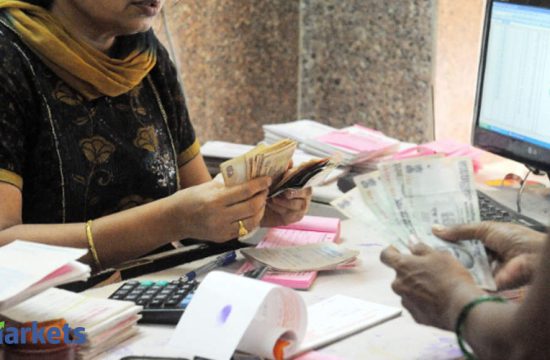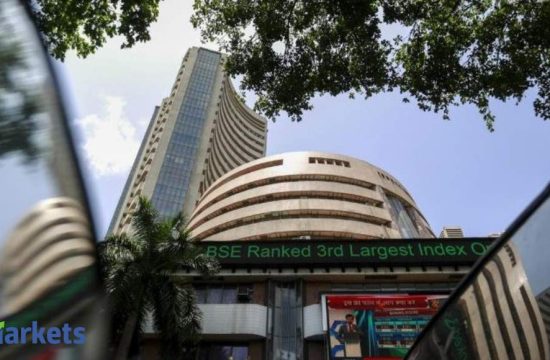
KOLKATA | MUMBAI: The government is expecting a much lower dividend payment from the Reserve Bank of India next fiscal year, validating the market belief that the central bank’s income is likely to dwindle due to the cost it incurred for absorbing the surplus liquidity from the inter-bank system.
The government has budgeted Rs 53,511 crore in FY22 as dividend receipt from the RBI, nationalised banks and financial institutions, 40% less than the initial budget estimate of Rs 89,649 crore for FY21 and about 14% less than the revised estimate of Rs 61,826 crore.
RBI’s surplus for its last accounting year ended June 30, 2020 was Rs 57,132 crore. It had transferred Rs 57,128 crore to the government, contributing about 15% to the budgeted non-tax revenue for the ongoing fiscal year.
The monetary policy maker’s accounting year for 2020-21 will, however, end on March 31, 2021, as the RBI is shifting the period to align it with that of the government.
“The curtailed accounting period is another reason for the RBI to garner less surplus this year than earlier,†a person familiar with the matter said.
chief economist Madan Sabnavis expects the RBI to see a contracting net income, on account of its reverse repo auctions which helped in absorbing the excess liquidity from the market for which the central bank is paying a 3.35% interest. A fall in global yields would also dent the central bank’s earnings from its investments in sovereign-rated papers.
A majority of the RBI’s income comes from interest receipts on account of its repo auction while other income includes commission, amortisation of premium or discount on foreign and rupee securities and profit from the sale and redemption of such securities.
A little more than 67% of the $ 542 billion foreign currency assets of the RBI is parked in securities, which includes sovereign papers of top-rated countries including US Treasuries and other papers of economies whose currencies are in the International Monetary Fund’s special drawing right basket — dollar, euro, pound, yen and renminbi.
About 31% of it is parked as cash and deposits with other central banks, the Bank for International Settlements and the IMF. The balance is invested in commercial banks.
The country has foreign exchange reserves of $ 585 billion which includes foreign currency assets, RBI’s reserve position in the IMF and its investment in gold.
The central bank’s reserve management strategies are continuously reviewed in consultation with the government. In deploying reserves, attention is paid to the currency composition, duration and instruments.









